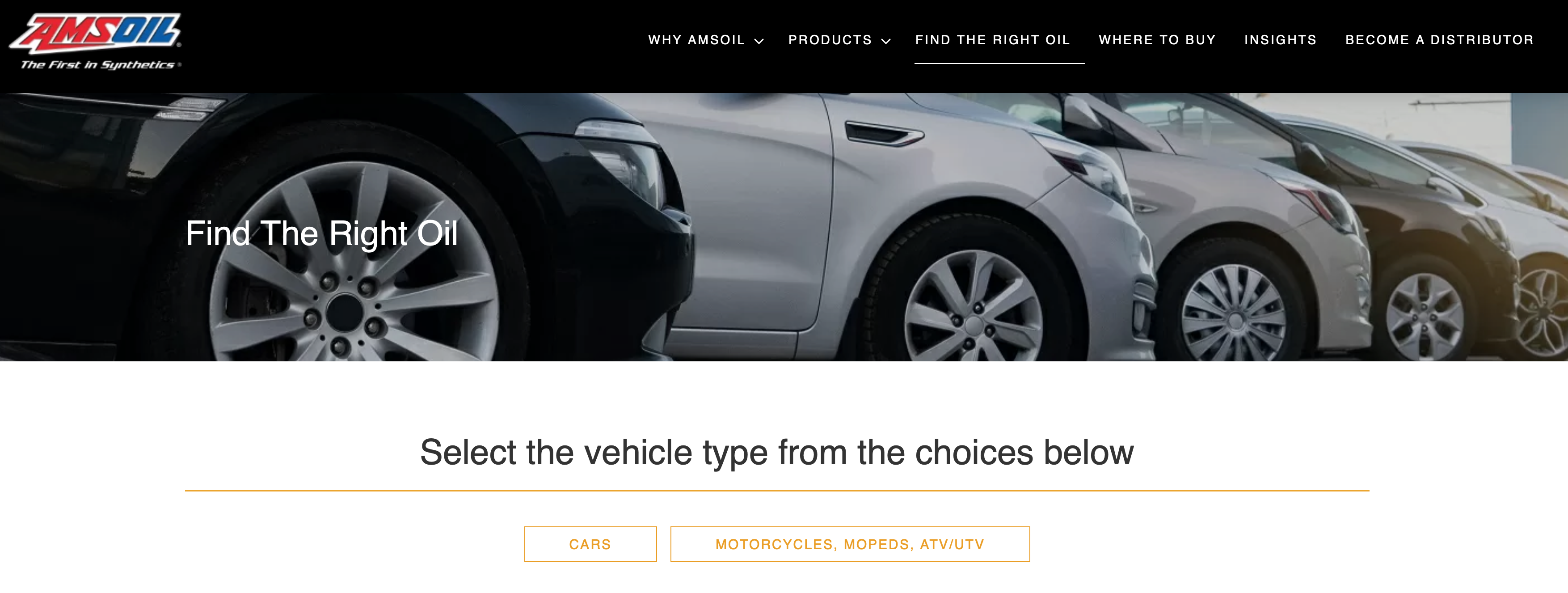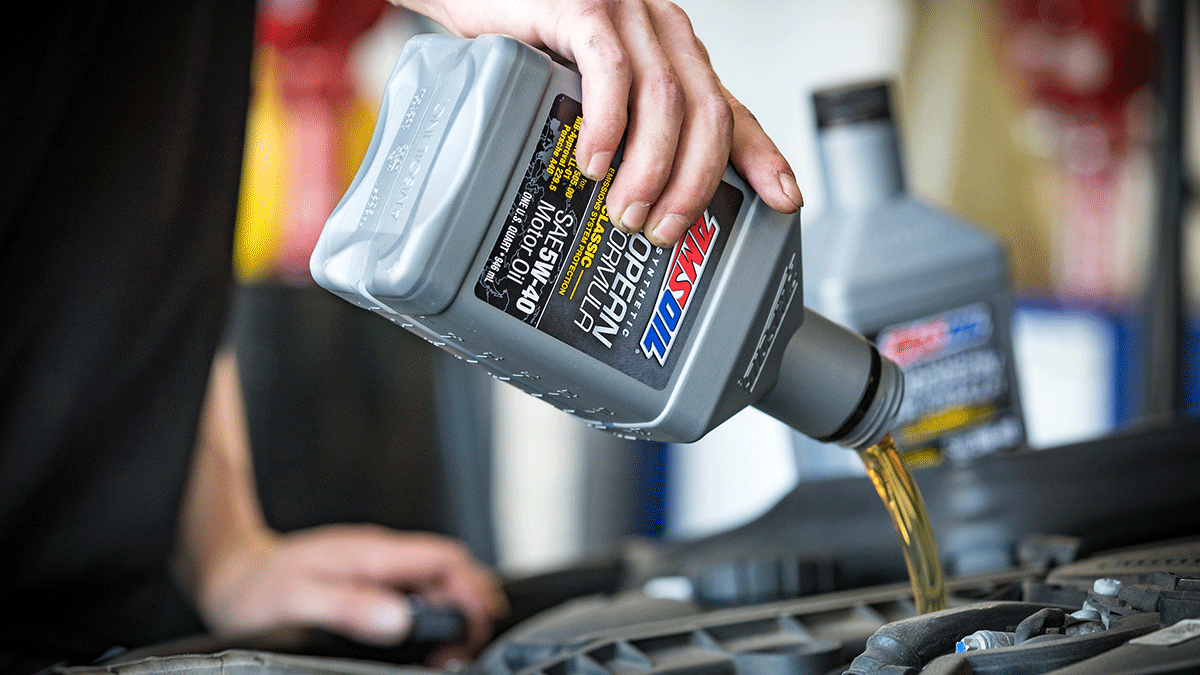Choosing the Right Motor Oil – One of the Most Important Factors for Your Engine’s Well-Being
Motor oil is one of the most critical aspects of car maintenance, significantly influencing your engine’s performance and lifespan. In high-performance engines, this becomes even more pronounced, and the belief that “any oil will do” couldn’t be further from the truth. The difference between generic oil and uncompromising lubricant can literally determine whether you’ll avoid an expensive bearing repair.
The functions of oil go beyond lubrication – it also cools the engine, protects against corrosion, keeps the engine clean from dirt and soot, and helps prevent engine damage. But how do you ensure you choose the right oil for your car?
Once you’ve completed your research, you can find premium Amsoil oils and additives through this link.
Let’s explore the topic from two angles: first on a general level and further down in the article, from the perspective of tuned and built engines. (See below for how bearing clearances affect viscosity.)
Also check out the AMSOIL EU oil selector for suggestions on what might suit your car:
Motor Oil’s Functions and Basic Characteristics
Motor oil lubricates the engine’s friction surfaces and prevents wear on metal parts. Additionally, it:
- Cools the engine by transferring heat away from critical components.
- Protects against corrosion, especially in humid and salty conditions.
- Keeps the engine clean by capturing impurities like soot and metal particles.
- Minimizes friction, improving fuel efficiency.
Modern engines are often developed in collaboration with oil manufacturers. This optimizes the oil’s composition to meet the engine’s specific requirements, reducing wear and fuel consumption.
Viscosity – Why Is It Important?

Viscosity describes how easily oil flows at different temperatures and is measured by the SAE classification. For example, the designation 0W-40 conveys two things:
- The first number before the W indicates the oil’s flowability in cold conditions. The smaller the number, the better the oil flows in cold weather. For instance, 0W oil remains pumpable even at -40 °C, while 10W works only down to -30 °C.
- The second number after the W indicates the oil’s thickness at high temperatures. A higher number means a thicker oil film, which better protects engine parts.
In Finland’s winter conditions, low-viscosity oils like 0W- or 5W- are recommended to facilitate cold starts. At the same time, the summer classification (e.g., 40) should match the manufacturer’s requirements to withstand high temperatures and engine stress.
NOTE: DO NOT USE OIL THAT’S TOO THICK!
“I used 10W60 to ensure lubrication since it’s a tuned engine.” Don’t do this.
Oil thicker than what your engine and its internal clearances require may:
- REDUCE engine lubrication
- DECREASE engine power (higher pumping resistance)
- REDUCE engine efficiency
- INCREASE oil temperatures under heavy use
Is Longlife Oil Better Than Normal Oil?
No. Longlife oil is designed to last through extended change intervals, containing strong detergents and additives to keep the oil usable for unnaturally long intervals.
If you instead focus on the oil’s lubricating properties, Longlife oil is undoubtedly a compromise, as the required additives take up “space” that would otherwise benefit your engine.
Oil Classifications and Manufacturer Approvals
Your vehicle’s manufacturer specifies precise oil requirements, which can be found in the car’s manual. Labels on oil containers, such as VW 507.00 or ACEA C3, indicate that the oil meets the required standards.
Two things to remember about classifications:
- The oil MUST meet the required classifications to be suitable for your engine.
- However, oil without specific classifications for your car may still be significantly better for the engine. Expert advice can be valuable here.
Why is this?
- Classifications address various factors, such as particulate filter longevity (low sulfate ash content extends life but may reduce lubrication) or Longlife change intervals.
- The situation changes if the car isn’t used with Longlife intervals, allowing other properties to take priority.
- Thin viscosity is often chosen for fuel economy (pumping resistance and friction) – but slightly thicker oil may sometimes be optimal for engine surfaces, especially in tuned engines.
Manufacturers may also update oil classifications to address engine “issues,” such as the LSPI phenomenon (knocking at low RPM). Therefore, it’s ideal to consider the application, usage, and seek advice!
Is Cheap Oil as Good as Expensive Oil?
No. Oil diluted with cheap base materials and “bulk” additive packages will never match the performance of high-quality oil – even when new. Cheap oil can meet basic requirements, but premium oil offers significant advantages:
- Higher quality raw materials, as poor-quality components can’t create good oil, no matter how many additives are used.
- Better cleaning ability, reducing sludge and varnish formation.
- Higher quality additives, extending the oil’s lifespan and better protecting the engine.
- Consistency of viscosity, remaining stable across various temperatures and mileage.
Premium oils contain more synthetic components and advanced additives. Cheap oils may lose their properties faster and shear under extreme stress, increasing engine risks.
How to Choose the Right Motor Oil?
- Check the manufacturer’s recommended viscosity and classifications.
- Consider climate conditions. For year-round use, high-quality 0W- or 5W- oil is usually the best choice.
- Choose high-quality oils. More expensive oils pay off by providing more stable lubrication throughout the change interval, allowing for slightly less frequent changes.
- Use oil selection guides and seek advice.
Chapter 2 – Choosing Motor Oil for a TUNED Engine

Selecting the motor oil and viscosity for tuned engines is a story of its own.
- Often larger bearing clearances than factory settings
- Possibly different fuel from the original, such as E85 ethanol
Choosing the correct motor oil and viscosity is especially critical for tuned or racing engines. Factors influencing the choice include the engine’s application, fuel type, temperatures, and bearing clearances.
Key Principles of Viscosity
- Bearing clearances determine oil thickness. As a rough example:
Bearing Clearance Viscosity (Hot) ~0.02–0.03 mm 20, 30 ~0.03–0.05 mm 40 ~0.05–0.07 mm 50 Over 0.07 mm 60 - General rule:
- When clearances are unknown, a safe choice is 0W-40, 5W-40, or 10W-40.
- Hot engine oil pressure at idle should remain above 1 bar.
- Oil temperatures:
- Below 70°C: Typically during drag racing. Thinner oils are used since temperatures remain low in short bursts.
- 70–105°C: Typical range for street use. Recommended viscosity depends on clearances.
- Above 105°C: Common in racing and track use, where temperatures rise significantly. Oil QUALITY and durability become crucial. Depending on clearances, thicker viscosity (e.g., 10W-50 or 15W-50) may be required to withstand high temperatures.
Checking Bearing Clearances
- Clearances are measured during engine assembly using micrometers or practical Plastigauge clearance gauges.
- Typical clearances:
- Connecting rod bearing clearances: ~0.03 mm – 0.07mm
- Main bearing clearances: Vary depending on the engine type but follow similar principles.
Special Considerations
Sometimes a broader view is required. For example, aluminum blocks expand more than iron as temperatures rise, increasing clearances proportionally. This is factored into viscosity selection.
Why Avoid Oil That’s Too Thick?
- Thick oil may prevent adequate flow to bearings, leading to overheating and potential damage.
- Thinner oil reduces internal friction and pumping losses, improving engine efficiency.
General Guidelines
- If using factory-recommended bearing clearances, choose the original recommended viscosity.
- Deviate by at most one viscosity grade thicker (e.g., 5W-30 → 5W-40).
- Request a clearance table from the machinist when having a custom “forged engine” built.
With the right oil and carefully measured clearances, you ensure engine durability and performance!
Click here for our Oils and Additives category, where you’ll find the necessary Amsoil products.

